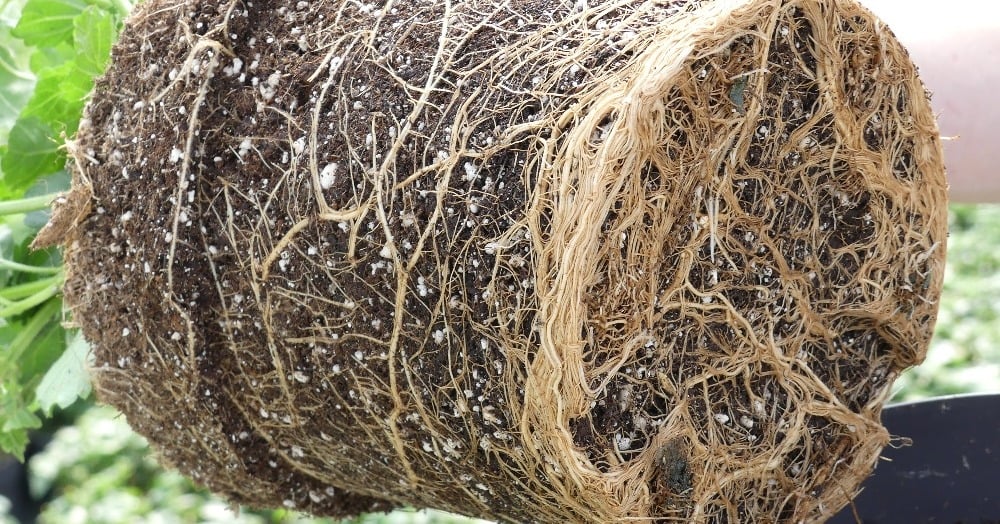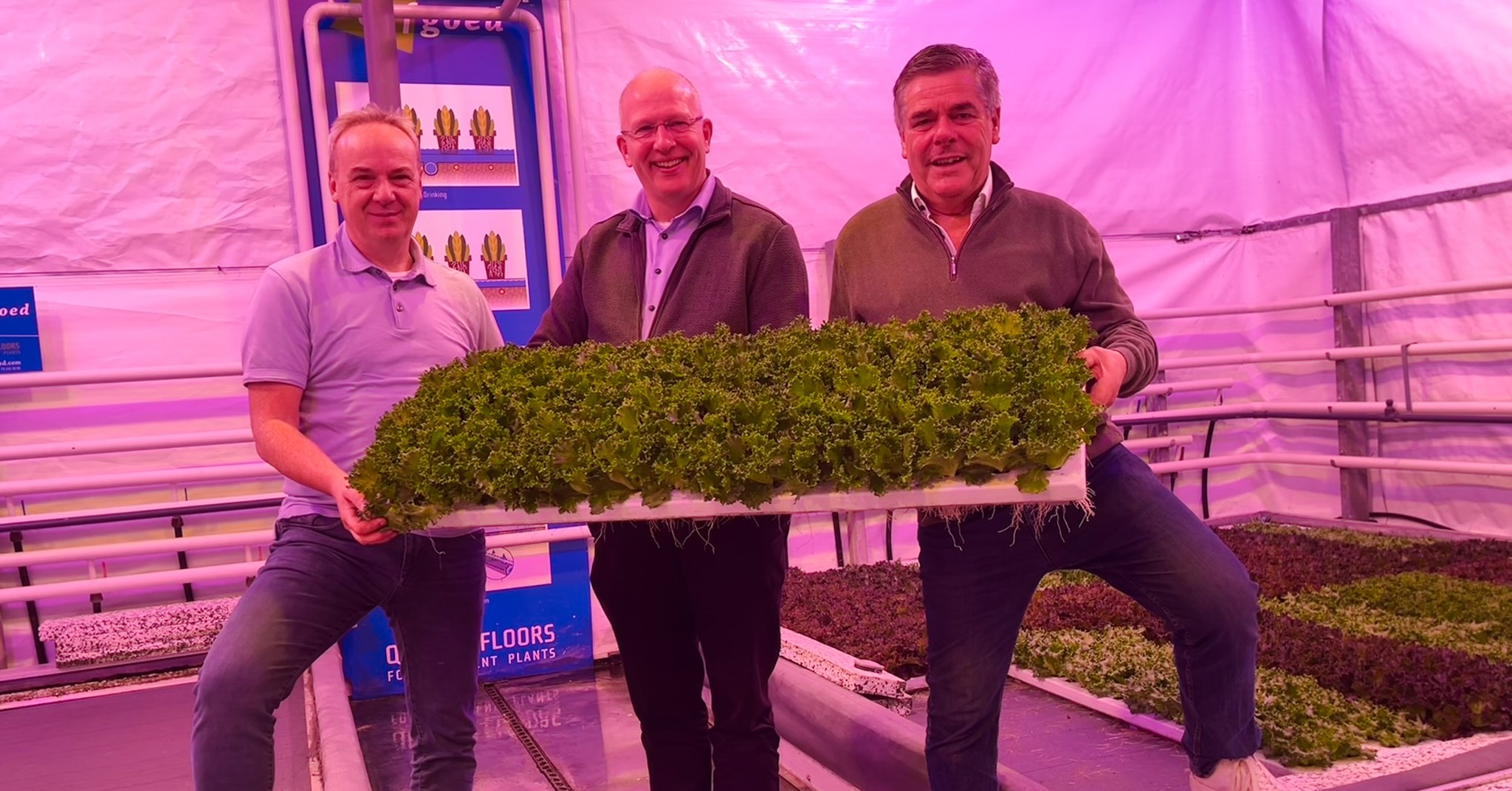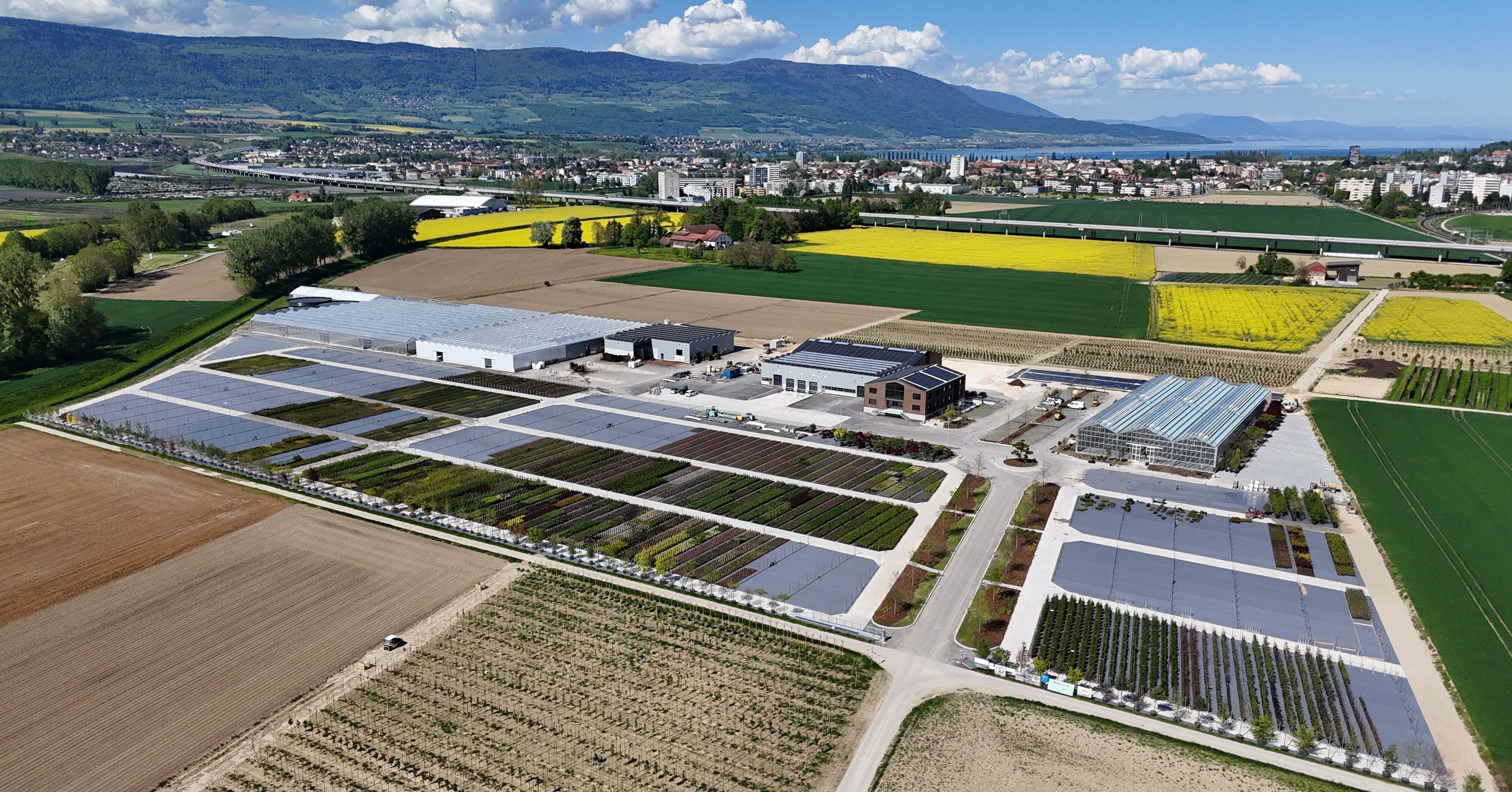- Prefer direct contact? +31 (0)79 593 38 00
- Language: English
6 challenges for growers; the greenhouse floor as a solution

6 challenges for growers; the greenhouse floor as a solution
Apr 11, 2023 9:00:00 AM
Running a growing operation in the year 2023 is no mean feat. As an entrepreneur, you face more and more challenges. Here we look at some of the challenges for the modern horticultural entrepreneur. Choosing the right greenhouse floor or cultivation system can contribute to a solution.
Challenge 1: How do I yield more from the same surface area?
As a grower, you constantly look for ways to improve your business returns and reduce costs per plant. Among other things, you are looking for opportunities for optimal space utilization. After all, the more plants you grow, the higher the yield per square foot. You are sometimes placing plants where there were none before - under the greenhouse gutter, for example.
In addition, as a grower, you aim to accelerate growth. Resulting in shorter cultivation times, allowing you to grow more plants annually.
And it is not only shortening the cultivation period that poses a challenge; you also want to deliver the most uniform product possible, which leads to reduced grading time, enabling faster emptying of zones and quicker refilling with new products. With many products, getting to market sooner often results in higher prices.
Challenge 2: How do I reduce waste and take quality to the next level?
'Resilient cultivation' is today's magic word. This trend is partly driven by the further reduction of crop protection products, a development that poses significant challenges for you as a grower.
Strong and resilient plants are less susceptible to diseases and pests. That also results in a more uniform crop. To grow a resilient plant, it is especially important that the crop is in an environment that matches its "natural" habitat. Make sure there is sufficient oxygen at the roots.
Besides fewer and fewer crop protection products being available, the market today demands products of ever higher quality. More than a 7 is required; buyers expect at least a 9. Meaning you have to be constantly alert and dot the i's within your company.
Challenge 3: What choices do I make in terms of automation?
Labor is becoming scarcer, so automation is increasingly in the picture. It is a must. Do you tailor the entire layout of your company to this, or do you also look at the ideal conditions for the plant?
For example, a concrete floor offers many possibilities for automation; it is even possible to drive industrial forklifts over it. But on the other hand, concrete does not create the ideal conditions for a plant. What choices do you make? What is the most important? Not an easy decision to make, and one that will be different for every grower.
Challenge 4: How do I keep my costs as low as possible?
Keeping costs under control is very decisive for your business return. But keeping costs under control does become an increasing challenge, especially with current cost increases in labor, energy, and raw materials, among other things. Operating on the cutting edge is a must.
Water and fertilizer inputs should also match the plant's needs as much as possible; that way, you avoid waste and save costs.
Challenge 5: How do I cope with weather extremes?
This challenge is especially true for growers who have their crops outside. Nonetheless, the challenge is increasingly growing due to the worsening weather conditions with frequent alternation of extreme drought and heavy rainfall periods.
So how do you regulate water collection so that you have enough water available for your crop during dry periods and growth does not stall? On the other hand, the plants cannot get too wet either. If they have their 'feet' in the water for too long, you run the risk that they will develop fungal diseases such as pythium, fusarium, and phytophthora will emerge.
To properly deal with weather extremes, measuring and collecting data is essential. So that you know what effect excess water has on growth and what it costs you. This helps to determine the right strategy.
Challenge 6: How do I stay flexible?
Until recently, it was typical for an entrepreneur to produce a limited number of crops and stick to them indefinitely. Today, the market changes rapidly, and you need to be able to move quickly.
Instead of specializing production-wise, you start producing what your customer asks for houseplants today, bedding plants tomorrow, and perennials afterward. To maintain your company's profitability, you need to be able to keep up with these trends as much as possible.
Creating flexibility in this area requires certain adjustments in the company; you must take this into account in the choices you make in terms of layout. But it is worth it: with flexibility, you create future prospects!
A cultivation floor contributes to the solution!
You might not immediately expect it, but a cultivation floor can contribute to a solution for the issues or challenges mentioned. It is, of course, important to choose the right floor.
Want to know more? Read our white paper 'Ranking the floor.’ In it, we compare eight different types of floors on various points. Helping you choose the right cultivation floor. The floor that suits your company and your cultivation and contributes to a solution for the challenges you are struggling with!





